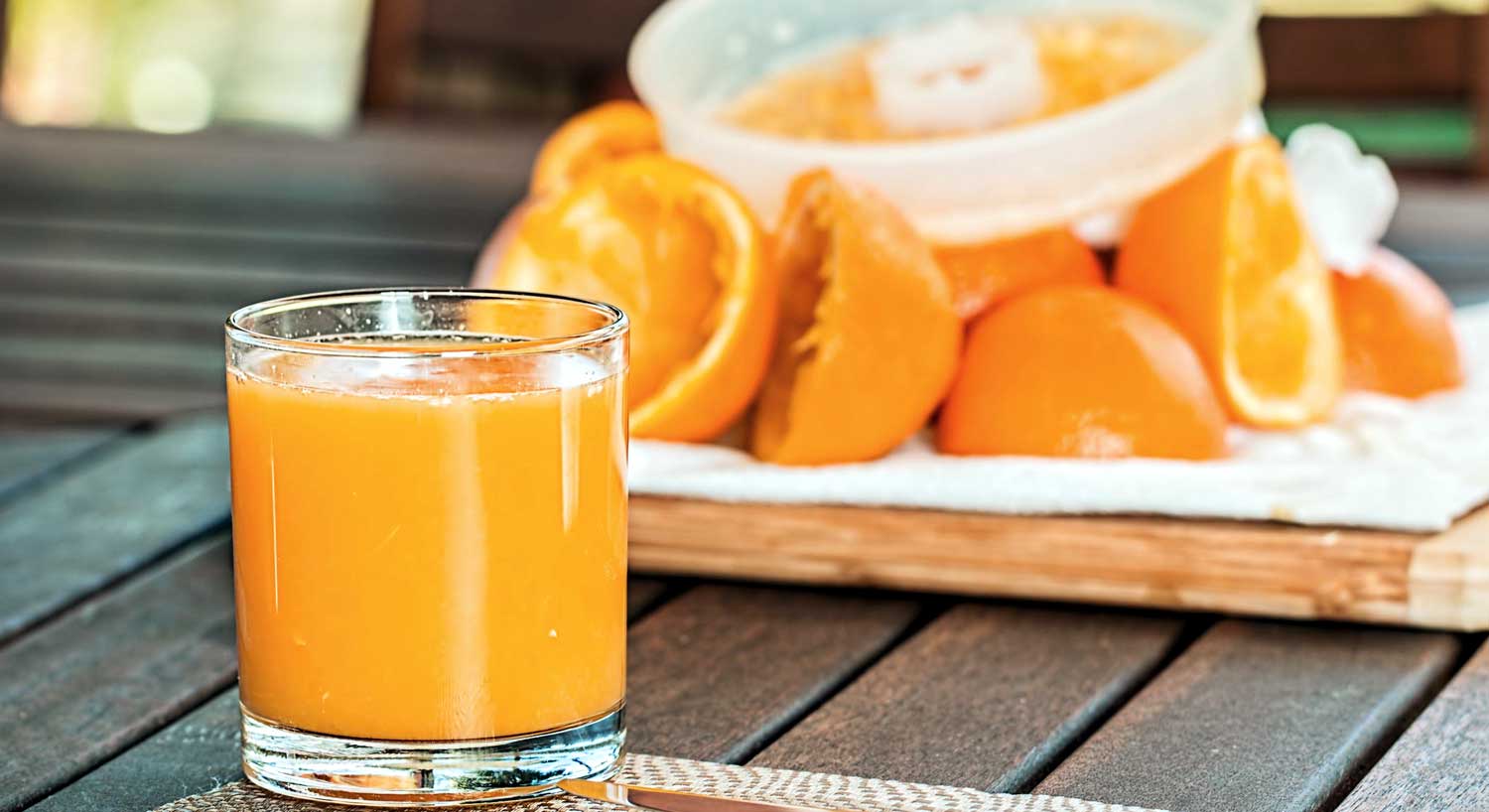The orange juice market is facing challenges primarily because of problems in Florida. The state is second only to Brazil in global orange juice production. Historically, Florida has produced more than 70 percent of the United States’ supply of citrus. In most seasons, more than 90 percent of America’s orange juice is made from Florida oranges.
Unfortunately. according to the United States Department of Agriculture, Florida is now producing the lowest amount of oranges since the 1940s. On average, the state ships out over 240 million 90-pound boxes of the fruit each year but in 2022 Florida is estimated to yield about 44.5 million boxes. This production would yield the smallest harvest since the 1944-45 season when 42.23 million boxes were produced.
It’s really a simple supply and demand problem. There’s renewed demand for O.J. just as the supply of juice oranges are falling. The industry in Florida has been hit hard by Citrus greening, a hot real estate market and other challenges which are creating the struggles.
Citrus greening, a bacterial infection caused by insects, has become a problem in Florida. Also called Huanglongbing, the disease spreads quickly, resulting in unsellable citrus. Infected trees produce small, bitter fruit that never ripens and develops unappetizing lesions. The fruit from an infected tree seldom makes it to market plus it causes the tree to drop leaves and sometimes die. The state has been aggressively trying to fight the disease but to little avail. Meanwhile, scientists have been attempting to find some kind of cure for citrus greening disease but have not yet succeeded.
Along with citrus greening disease, growers have struggled against residential and commercial development, foreign imports and hurricane impacts. Florida has turned in a real estate hot spot and some farmers have found that the land their trees are on is worth more than the business of growing oranges. The overall amount of orange trees being harvested in Florida has dropped in recent years. In 2006, there were over 36 million Valencia orange trees in the state but today there are only about 30 million trees.
Bad Timing
Prior to the pandemic, U.S. demand for orange juice had been down for nearly 20 years. Things started to change in 2020 as the United States’ sales of 100 percent non-concentrated juices increased to $5.5 billion from $5 billion the previous year. Having the renewed demand come at a time when Florida is facing so many supply problems is a case of bad timing for the industry.
Some consumers wonder if California oranges can fill the need and prevent an expected spike in orange juice prices. The real problem for the price of juice is that California oranges can’t fill the void. Oranges grown in Florida are sweeter and juicier than their California counterparts and so they are responsible for most of the country’s orange juice. In fact, nearly 87 percent of Florida oranges are processed into canned, chilled or frozen concentrated juices. California oranges are used more for eating and culinary purposes as they maintain freshness longer due to their thicker peels. If the USDA estimates hold true then Florida’s reign as the country’s leading orange producer would end and that title would go to California.
Helpful Resources:
USDA’s Citrus Reports and Forecasts

